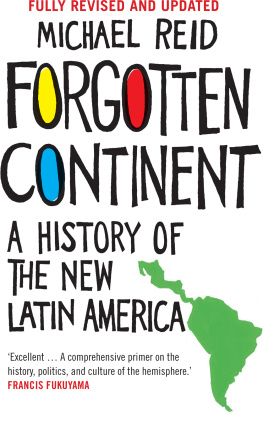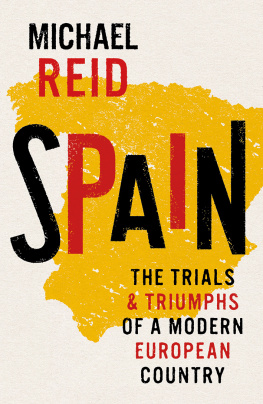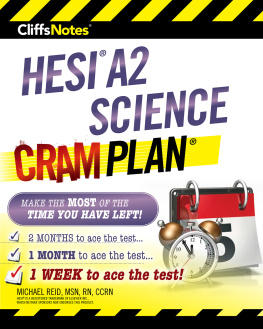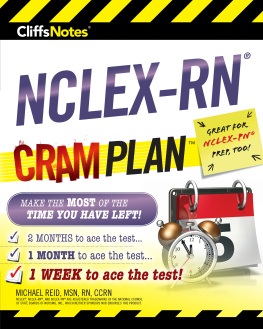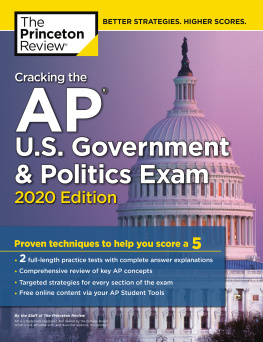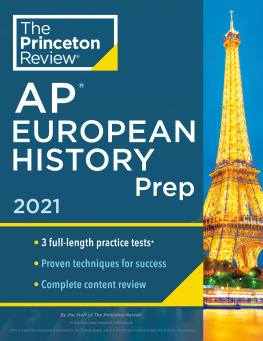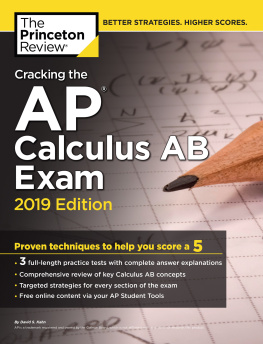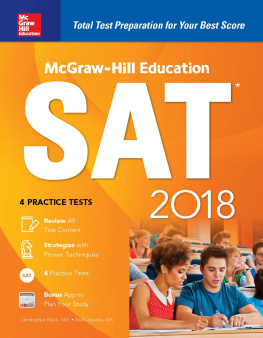Contents
Guide
Page List
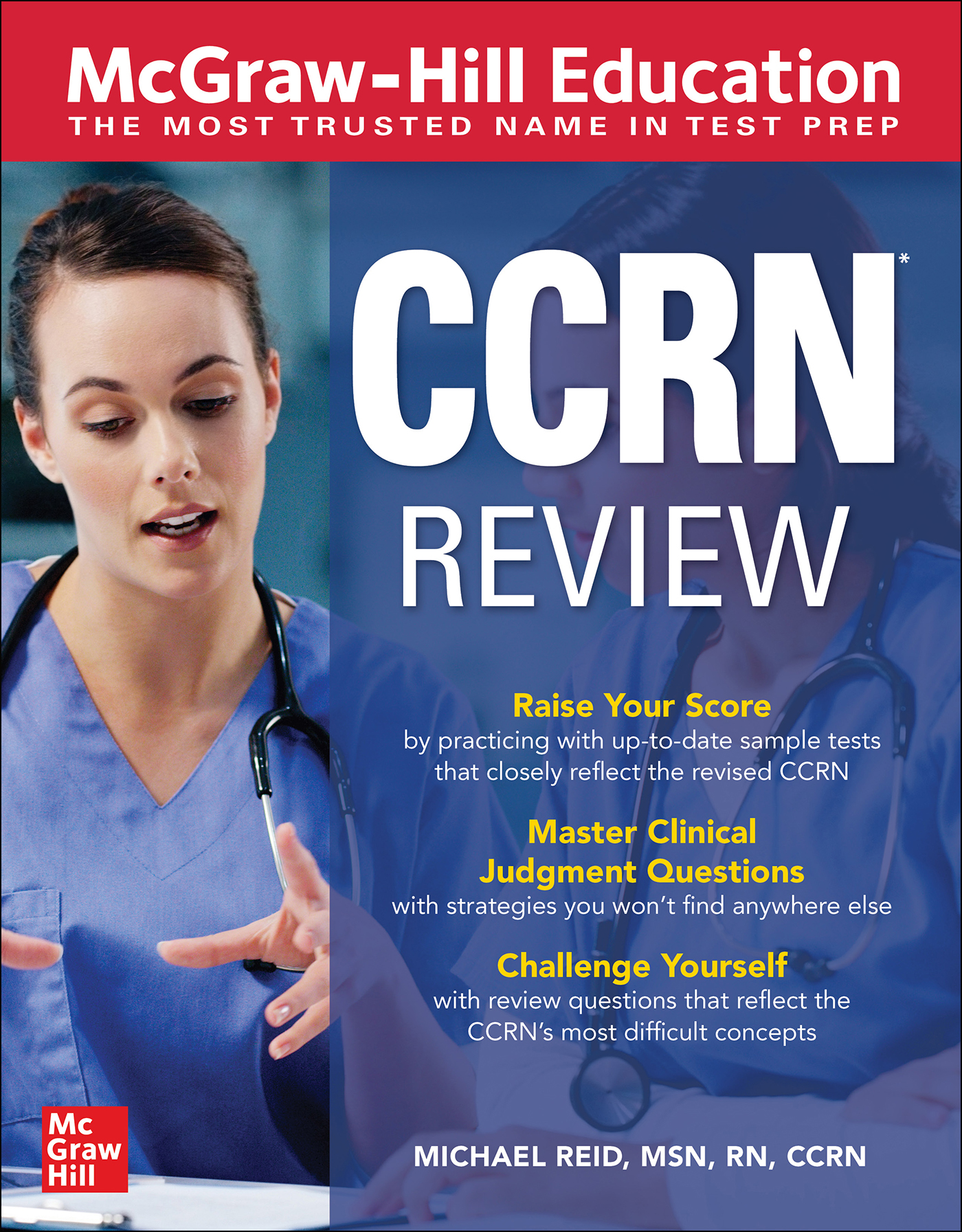

Copyright 2021 by McGraw Hill. All rights reserved. Except as permitted under the United States Copyright Act of 1976, no part of this publication may be reproduced or distributed in any form or by any means, or stored in a database or retrieval system, without the prior written permission of the publisher.
ISBN: 978-1-26-046449-8
MHID: 1-26-046449-0
The material in this eBook also appears in the print version of this title: ISBN: 978-1-26-046448-1, MHID: 1-26-046448-2.
eBook conversion by codeMantra
Version 1.0
All trademarks are trademarks of their respective owners. Rather than put a trademark symbol after every occurrence of a trademarked name, we use names in an editorial fashion only, and to the benefit of the trademark owner, with no intention of infringement of the trademark. Where such designations appear in this book, they have been printed with initial caps.
McGraw-Hill Education eBooks are available at special quantity discounts to use as premiums and sales promotions or for use in corporate training programs. To contact a representative, please visit the Contact Us page at www.mhprofessional.com.
TERMS OF USE
This is a copyrighted work and McGraw-Hill Education and its licensors reserve all rights in and to the work. Use of this work is subject to these terms. Except as permitted under the Copyright Act of 1976 and the right to store and retrieve one copy of the work, you may not decompile, disassemble, reverse engineer, reproduce, modify, create derivative works based upon, transmit, distribute, disseminate, sell, publish or sublicense the work or any part of it without McGraw-Hill Educations prior consent. You may use the work for your own noncommercial and personal use; any other use of the work is strictly prohibited. Your right to use the work may be terminated if you fail to comply with these terms.
THE WORK IS PROVIDED AS IS. McGRAW-HILL EDUCATION AND ITS LICENSORS MAKE NO GUARANTEES OR WARRANTIES AS TO THE ACCURACY, ADEQUACY OR COMPLETENESS OF OR RESULTS TO BE OBTAINED FROM USING THE WORK, INCLUDING ANY INFORMATION THAT CAN BE ACCESSED THROUGH THE WORK VIA HYPERLINK OR OTHERWISE, AND EXPRESSLY DISCLAIM ANY WARRANTY, EXPRESS OR IMPLIED, INCLUDING BUT NOT LIMITED TO IMPLIED WARRANTIES OF MERCHANTABILITY OR FITNESS FOR A PARTICULAR PURPOSE. McGraw-Hill Education and its licensors do not warrant or guarantee that the functions contained in the work will meet your requirements or that its operation will be uninterrupted or error free. Neither McGraw-Hill Education nor its licensors shall be liable to you or anyone else for any inaccuracy, error or omission, regardless of cause, in the work or for any damages resulting therefrom. McGraw-Hill Education has no responsibility for the content of any information accessed through the work. Under no circumstances shall McGraw-Hill Education and/or its licensors be liable for any indirect, incidental, special, punitive, consequential or similar damages that result from the use of or inability to use the work, even if any of them has been advised of the possibility of such damages. This limitation of liability shall apply to any claim or cause whatsoever whether such claim or cause arises in contract, tort or otherwise.
Acknowledgments
First and foremost, I would like to commend and thank all of the nurses who worked during the COVID-19 crisis. Most of us had less than ideal situations to perform our jobs, but we nonetheless pushed through it and did what we do best. The majority of this book was written during the crisis as I worked in an ICU. This was an enormous challenge, but I hope you find benefit in this book as you push yourself to the next level of your career. You absolutely deserve it!
To my parents, Jane and Don Reid. I could not have done it without your support. To Edson, I love you.
About the Author
Michael Reid, MSN, RN, CCRN has been in critical care since entering the field of nursing many years ago. Initially being exposed to a cardiovascular surgical intensive care unit, Michael went on to work in medical, surgical, and trauma specialized intensive care units. He oversees the development of educational products for his company, Nursology/The NCLEX Cure, and as a consultant for companies and corporations. He is currently dividing his time between working in the ICU, teaching NCLEX and CCRN, writing books, and building new and exciting methods for education in nursing.
Introduction to the CCRN Exam
If you are reading this, you have likely reached a point in your career as a critical care nurse where you would like to take it to the next level. The CCRN certification does just that. It tells people around you that you have unique and specialized knowledge about critical care. It brings joy and confidence when working those long twelve-hour shifts. Depending on your institution, it may also result in a raise and potential job opportunities.
The American Association of Critical Care Nurses (AACN) creates the CCRN exam. This book is written for the adult critical care nursing certification and provides review on the entire test blueprint detailed in the following table. Certain areas are more important than others, so pay attention to where you spend your time studying. Practice makes perfect in so many things in life; with standardized tests such as this, I would agree.
Included in the Book
The CCRN exam blueprint was recently changed in early 2020. This book reflects this new update and includes four full-length practice tests, each brand new and made for the new blueprint. Each chapter has a detailed review of the testable areas and a quiz at the end to gauge retention.
Exam Structure
Kudos to you, critical care nurse! You have reached a point where you can take the CCRN certification exam. You have completed the requisite hours. Now is the time to put in the study hours and work to pass the exam itself. By reading this McGraw-Hill Education CCRN Review, you are on the right path to nailing this exam.
Exam questions: 125 graded questions plus an additional 25 questions (not graded)
Passing grade: 87 questions (70%) out of 125 questions required to pass
Adult CCRN Test Blueprint
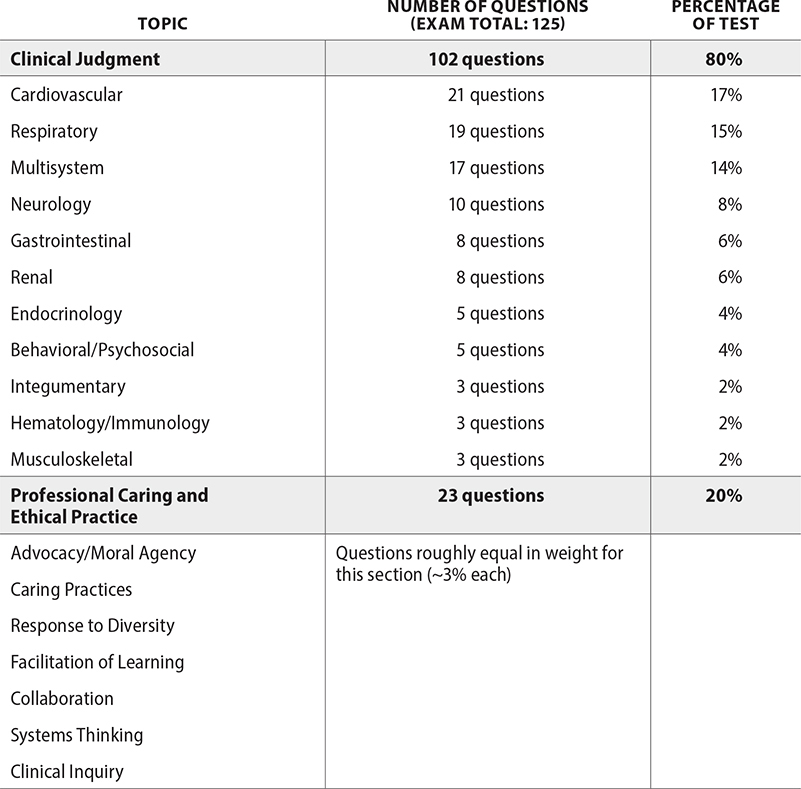
If you have any questions regarding exam eligibility or the application itself, visit www.aacn.org.
Good Luck!
Michael Reid, MSN, RN, CCRN
CHAPTER 1
Critical Care Overview
This chapter includes catheter line access, hemodynamic monitoring, advanced electrocardiogram (ECG) interpretation, mechanical intubation, and sedation. These sections influence a variety of topic areas in this book and on the CCRN exam. By mastering these areas first, you will have a better idea of how the human body compensates or corrects issues visible to us through monitoring. Whether a patient has perforated the bowel, is experiencing a myocardial infarction, or has a severe allergic reaction, the data we assess is likely to show acute changes. Many questions on the CCRN exam will proceed assuming you know how to interpret all forms of hemodynamic information.
Catheter Line Access


